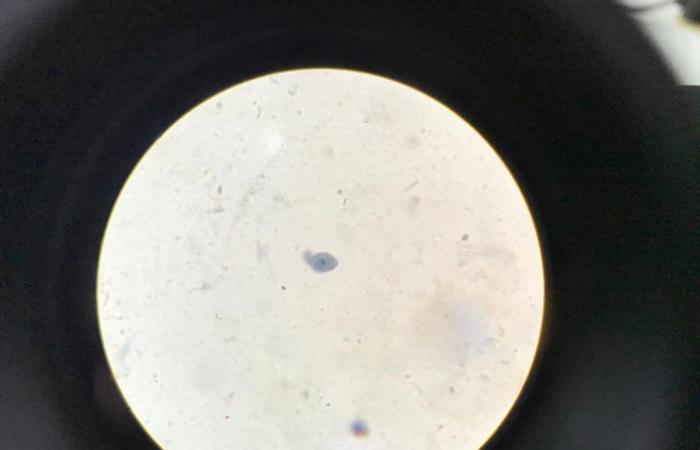The cellular organism Naegleria fowleri It is among the deadliest human parasites. Researchers including Matthias Horn and Patrick Arthofer from the Center for Microbiology and Environmental Systems Science at the University of Vienna (CeMESS) (Austria), in international collaboration with other peers, have discovered a virus that infects this harmful microbe.
Called Naegleravirus, they belong to the so-called giant viruses, a group that has large particles and complex genomes. The discovery was published in Nature Communications.
Read more:
What are Naegleri, a virus that infected a deadly parasite
- According to the Phys.orgNaegleri species are unicellular amoebas, which are found worldwide in bodies of water;
- One of them, the Naegleria fowleriwhich survives in warm waters above 30 °C, causes primary amoebic meningocencephalitis (PAM), a rare and fatal brain infection;
- Horn and Arthofer isolated giant viruses that infect several species of Naegleria;
- Giant viruses (Nucleocytoviricota) are a group of viruses identified two decades ago and infect, in particular, unicellular organisms;
- They rival bacteria in size, boasting unique structures and genetic characteristics that were previously considered exclusive to cellular life;
- Its discovery sparked debates about the definition of viruses and the origins of life.
“The newly discovered Naegleriaviruses were isolated from a wastewater treatment plant in Klosterneuburg, near Vienna [Áustria]and represent only the fourth isolate of a group called Klosneuvirus”, says Arthofer.
The discovery, together with the characterization of the Naegleria viruses, were made possible thanks to the collaboration with researchers from the universities of Poitiers (Canary Islands) and the Joint Genome Institute (USA).
Naegleriaviruses are mistakenly considered a food source, however, they destroy their amoeba hosts in a matter of hours. Their structure is familiar to that of giant viruses and they infect host cells through a structure called stargate.
It facilitates the entry of DNA and, in a matter of hours, a structure known as a “virus factory” forms inside the amoeba cell, replicating the viral genetic material outside the nucleus and gathering hundreds of new living particles.
In order to keep the host cell alive during the process, Naegleriaviruses possibly use special proteins responsible for suppressing the natural immune response of the target cell, preventing its death prematurely.
It is only after successful viral replication that cellular destruction and release of viruses occur. They are used in phage therapy to combat bacterial pathogens.
The newly identified Naegleriaviruses may not be suitable for treating Naegleria infections, given the difficult accessibility of the brain, where infections occur. However, this discovery opens the door to the possibility of preventative treatment of at-risk bodies of water, such as during pool water treatment, but this would require further research first. Regardless, the discovery of these viruses will improve our understanding of the biology of Naegleria and the viruses that infect them.
Matthias Horn, researcher at the Center for Microbiology and Environmental Systems Science at the University of Vienna (CeMESS) (Austria)






